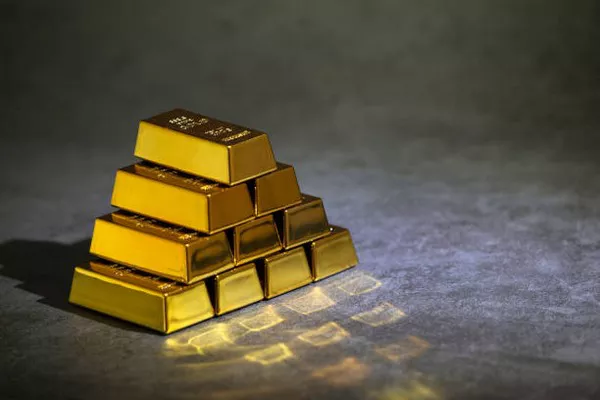Silver is a highly valued and versatile metal, sought after for its aesthetic appeal and use in various industries, including jewelry, currency, and technology. However, as with many valuable commodities, counterfeit silver products flood the market. To ensure you are getting your money’s worth, it’s essential to know how to distinguish real silver from imitations. This article will provide you with a comprehensive guide on how to tell if silver is genuine, covering various methods and techniques.
Why It Matters
Before delving into the methods to identify real silver, it’s crucial to understand why this distinction is so important. Genuine silver has intrinsic value, making it a wise investment. In contrast, fake silver not only costs more than its actual worth but can also tarnish, lose its luster, and fail to deliver the desired aesthetic appeal. In cases where you intend to sell your silver, knowing its authenticity can significantly impact the price you receive.
Visual Inspection
Hallmarks and Stamps
One of the most reliable ways to identify real silver is by examining hallmarks or stamps on the item. These markings typically indicate the purity of the silver and the manufacturer or origin. For example, “925” or “Sterling” indicates that the piece is 92.5% pure silver, a common standard for quality silver items. Additionally, you may find hallmarks such as “800,” “830,” or “950,” representing the purity in parts per thousand.
Be aware that some counterfeit items may feature fake hallmarks. To ensure accuracy, research the hallmark’s design and font, and cross-reference it with known legitimate examples. If you encounter unfamiliar or unusual markings, consult a professional appraiser.
Weight
Genuine silver is denser and heavier than most other metals commonly used for counterfeiting, such as aluminum or brass. To conduct a simple weight test, use a small digital scale or a quality balance to compare the item’s weight to its expected weight based on its dimensions and purity. A significant deviation from the expected weight can indicate that the item is not authentic silver.
Magnet Test
Silver is not magnetic, so a magnet test can help you distinguish between genuine and fake silver. If a magnet is attracted to the item, it’s likely not pure silver. Keep in mind that some silver alloys may contain trace amounts of magnetic metals, so this method may not be foolproof.
Ice Test
Genuine silver has excellent thermal conductivity properties. The ice test is a simple way to check for authenticity. Place a small ice cube on the silver item’s surface. Real silver will cause the ice to melt quickly due to its excellent heat conductivity. In contrast, fake silver or other metals will not exhibit the same rapid melting effect.
Chemical Tests
Nitric Acid Test
The nitric acid test is a widely used method to determine the purity of silver. It can help you identify whether an item is solid silver or silver-plated. To conduct this test, follow these steps:
a. Select an inconspicuous spot on the item to perform the test.
b. Scratch the surface gently to expose the metal beneath the silver layer.
c. Apply a drop of nitric acid to the scratched area. If the solution turns a creamy color, it indicates the presence of base metal, suggesting the item is silver-plated.
d. If the solution remains clear, the item is likely made of genuine silver.
Be cautious when handling nitric acid, as it is a hazardous chemical. Wear appropriate safety gear and use it in a well-ventilated area.
Bleach Test
The bleach test is another method to determine if an item is made of solid silver. This test exploits silver’s reactivity with bleach. Here’s how to perform the test:
a. Place a few drops of household bleach on a clean, inconspicuous spot on the item.
b. Observe the reaction. Genuine silver will change color to a dull, matte gray. In contrast, other metals will not exhibit this reaction.
Please note that this test may damage the silver’s surface, so use it sparingly and only on items where slight cosmetic damage is acceptable.
Professional Appraisal
For a conclusive assessment of your silver items, consider consulting a professional appraiser or a reputable jeweler with experience in assessing silver. They have the expertise and equipment to accurately identify and evaluate the authenticity and value of your silver pieces. While this may involve a fee, it is a worthwhile investment when dealing with valuable silver items.
Conclusion
Identifying genuine silver is essential to ensure you are making a sound investment, whether you’re a collector, investor, or jewelry enthusiast. By combining visual inspection, simple tests, and chemical analysis, you can gain a strong understanding of your silver items’ authenticity. Always exercise caution when using chemicals and consider professional appraisal when dealing with high-value silver objects. With these methods and precautions in mind, you can confidently discern real silver from imitations, safeguarding your investments and enjoying the intrinsic beauty of this precious metal.


